Country Centred Design
A counterpoint to human-centered design, we led the creation of Country Centred Design, a methodology that prefaces Country, (land, sea, and sky country, combined), at the heart of decision-making. The strategic design process has been utilised for the design of places, spaces, services, experiences, and the resulting technological outputs.
We work with clients on projects that support Indigenous agency, autonomy, and systemic change and directly benefit Aboriginal communities and people.
For the past eight years, we have worked with a range of clients delivering Country Centred Design strategies spanning sectors public, private, and Not for Profit. Here are a few of our past clients.

In Western worldviews, man positions themselves in a hierarchical relationship above all non-human beings. All Western systems are typically based on this world view: social, justice, financial, political, cultural and built environment systems. This manifests in the categorisation of knowledge and practices into separate groups which may increase efficiency while hindering sustainable practices across interconnected complex systems.
Indigenous worldviews understand humans are part of the environment in a reciprocal and symbiotic relationship with all that is in it. It is relational in structure and dynamics. Country Centred Design embodies these principles through a design process that enables the sustainable development of systems, places, experiences, services, and the resulting technologies.
Country Centred Design was created and developed by Old Ways, New as an alternative to the human-centric design processes that preface the needs of humans above and beyond any other living being, element, entity, and or natural system. Our Indigenous-led process comprises four key cycles: culture, research, strategy, and technology. These cycles often evolve into feedback loops, as does the nature of working with natural systems and humans within a process that embraces complexity. We have tested the methodology in a variety of contexts and iteratively developed it over eight years to be structurally flexible for utility while providing the required specificity through a series of iterative processes and outputs. Indigenous knowledge systems, cultural practices, and design principles guide all processes and practices within the cyclic methodology, all the time prioritising and centering the needs of Country and respecting its agency and autonomy as an intelligence entity.
The first cycle, culture, begins by developing relationships with Traditional Custodians and their communities; utilising strategic stakeholder engagement practices which assist in building a cultural understanding of Country from deep time, to present and future dreamings at the heart of the project. Adhering to the cultural protocols of consulting with the most appropriate local Indigenous Custodians first, enables us to work with those leaders to develop the group most appropriate to advise the project during the consultation phase.
When working through the research phase of Country Centred Design, we frame questions to determine what are how Country and communities have resolved similar issues previously, over deeptime. We utilise a range of modalities including participant experience research, futuring techniques, interaction design, and action research principles. Our inquiry situates and presences the various kinship and environmental systems used by Indigenous peoples over millennia to decipher the design and developmental decisions we can learn from. Always, we work with and through the old ways (Indigenous Traditional Knowledges and knowledge systems).
Connecting to Country informs our deeper research. Through the relationships developed with Indigenous Custodians and knowledge holders, we combine cultural and Western knowledges to establish a critical research base. The research and engagement phases intersect within the culture cycle, ensuring the knowledge base is tested and cross-referenced by Indigenous knowledge holders and specialists, with Country, its scales of time and movement, all the time, grounding our inquiry. Within Country Centred Design our approach to strategy does not assume the tool or technology component till the iterative process of working through the cultural considerations, associated knowledges, community engagement, and strategic design decisions.
What we test for is as important as defining the purpose and intent, such as cultural fit, business model, and technical requirements of the service and or product. To deliver a culturally informed design, we first develop the technical requirements. Once we have successfully tested the strategy and key design decisions with the Indigenous stakeholder groups the technical approach is then progressed.
Past Clients
The Australian National University, College of Engineering and Computer Sciences, Aqualand Australia, ARRUP, ASPECT Design Studio, The Australian Ballet, Australia Council for the Arts, Australian Museum, New South Wales: The Cabinet Office, CANVA, City of Sydney, Design Inc, The Ethics Centre, Foster and Partners, , Google Creative Lab, Australia, Google Research United Sates of America, Government of South Australia, Greater Sydney Commission, Hume City Council, Kimberley Land Council, Museum of Applied Arts and Sciences, Meld Studios, NSW Department of Education, New South Wales Department of Finance, Services and Innovation, New South Wale Government Architects, Parks Australia, Penrith City Council, Plenary Group, Reconciliation Australia, SJB, Supply Nation, United Nations Development Program, University of New South Wales, University of Technology Sydney, Victorian Department of Premier and Cabinet, Westpac, Zoos Victoria, The Australian National University: 3Ai Institute,


